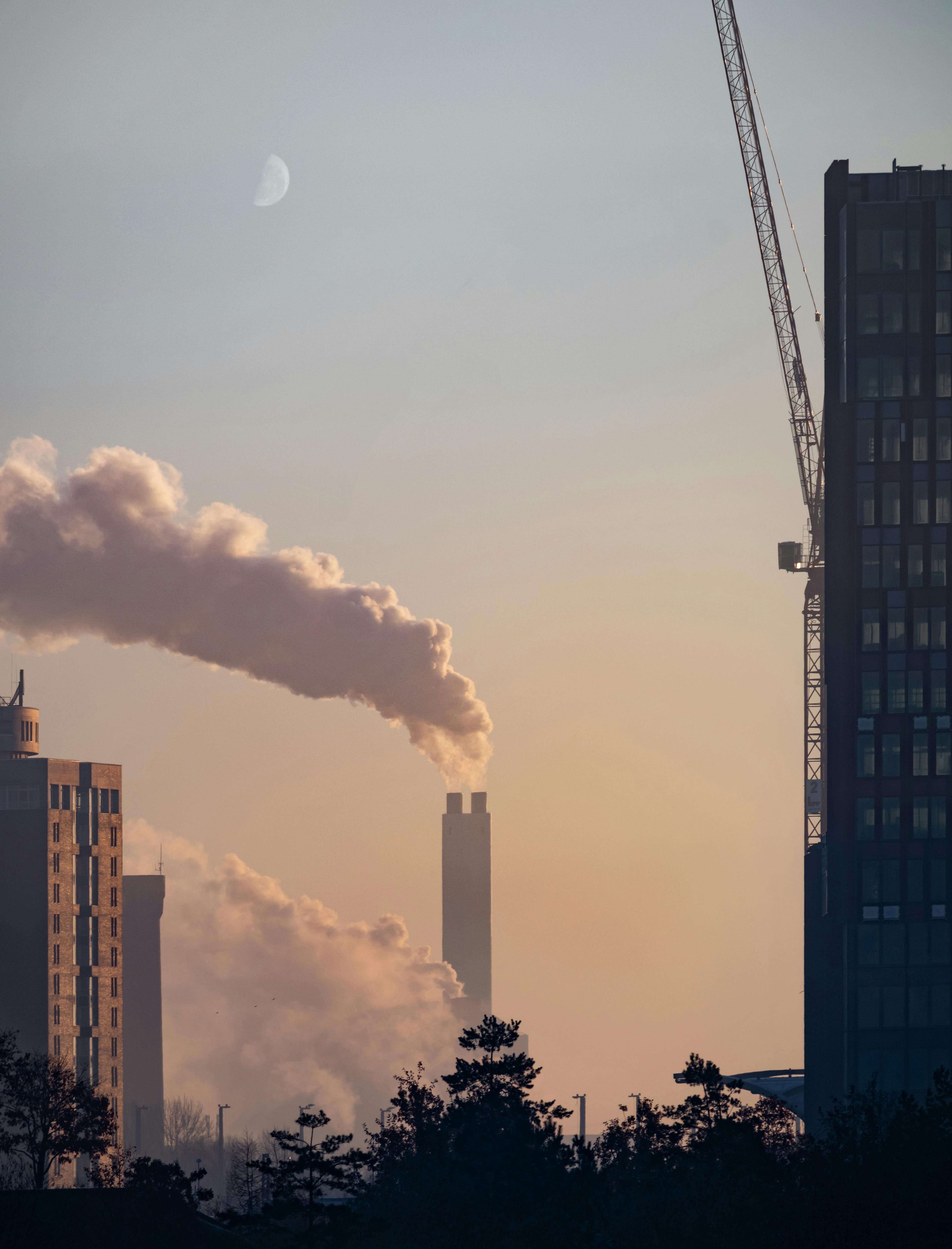
Introduction
The modern landscape of global trade and manufacturing is complex, influenced by factors ranging from political leadership to economic incentives. Recently, former U.S. President Donald Trump’s comments regarding Apple’s expansion in India sparked discussions not only about the company’s production strategies but also about the broader implications for U.S.-India trade relations. This blog post delves into the dynamics of Apple’s manufacturing shift towards India, the implications of Trump’s statements, and what it could mean for the future of technology manufacturing.
Apple’s Manufacturing Expansion in India
Apple Inc. has increasingly focused on diversifying its supply chain, particularly in light of the global disruptions caused by the COVID-19 pandemic and ongoing tensions between the U.S. and China. As part of its strategy, Apple has significantly ramped up its production in India, an initiative supported by the Indian government’s Production Linked Incentive (PLI) scheme. This program encourages global companies to manufacture in India with financial incentives, leading to substantial investment in local manufacturing facilities.
In FY 2024, Apple reportedly manufactured iPhones worth around $14 billion in India, with over $10 billion exported worldwide. This remarkable growth demonstrates Apple’s commitment to establishing a foothold in one of the fastest-growing markets for technology and electronics. Furthermore, Apple’s partnerships with local manufacturing giants like Foxconn, Pegatron, and Wistron have created over 175,000 direct jobs, showcasing the potential for technology-driven economic development in the region.
Trump’s Intervention: A Call to Shift Production
During a conversation with Apple CEO Tim Cook, Trump made headlines by urging the tech giant to reconsider its growing production in India. His call was a part of a broader critique of offshoring, aligned with his “America First” policies that prioritize domestic manufacturing. Trump’s statement, which included remarks like, “I don’t want you building in India,” indicates a desire for Apple to bring back jobs to the United States.
This move, however, raises significant questions about the future of Apple’s operations in India. Industry analysts suggest that a possible Trump re-election in 2024 could lead to renewed trade tensions, including the introduction of tariffs on electronics imported from India. Should that occur, Apple’s cost competitiveness in India could be severely undermined, complicating its production strategy. The implications of Trump’s rhetoric could potentially deter new investments and force Apple to reassess its supply chain decisions.
The Future of Apple’s India Operations: Challenges Ahead
Despite the initial success of Apple’s manufacturing plans in India, the geopolitical climate is rapidly changing. With Trump’s potential return to power, industry observers are cautious. The U.S. may impose tariffs, such as the feared 16.5% duty on electronics from India, which would not only increase costs but also impact the pricing strategy of Apple products globally.
In addition to U.S. tariffs, India’s trade negotiations with the United States continue to evolve. While India has proposed tariff reductions on American goods to facilitate enhanced trade relations, the unpredictability introduced by Trump’s opposition complicates matters significantly. If U.S. policy turns hostile, India may have to reconsider its role as a global manufacturing hub.
India’s Role as a Global Manufacturing Hub
India is strategically positioning itself as a manufacturing powerhouse, particularly for electronics. The ambition to become the next global hub, with Apple leading the charge, is underscored by the significant investments made by international corporations in the region. The Indian workforce, coupled with favorable policies, makes it a competitive landscape for manufacturing compared to traditional centers like China.
However, the competition is intensifying. Southeast Asian countries, especially Vietnam, are emerging as attractive alternatives for companies looking to diversify their manufacturing base. These nations offer political neutrality and more stable trade relations with the U.S., making them appealing destinations for tech giants. As political pressures fluctuate, companies like Apple may find themselves re-evaluating their supply chain strategies to adapt to these new realities.
Conclusion: The Interplay of Geopolitics and Global Supply Chains
Trump’s remarks about Apple’s manufacturing in India serve as a reminder of the intricate relationships between politics, trade, and global supply chains. The tech industry is tethered to geopolitical climates that can dramatically influence business decisions. While Apple has made significant strides in establishing its presence in India, the company must navigate the complexities introduced by political figures and changing trade policies.
Ultimately, the future of Apple’s operations in India and the broader landscape of global manufacturing is uncertain. As stakeholders in both Washington and New Delhi monitor these developments closely, one thing is clear: global tech supply chains are more than just economic engines; they have become pivotal players in the geopolitical arena.